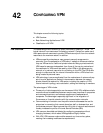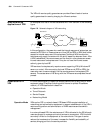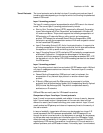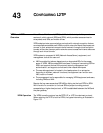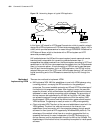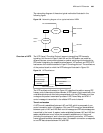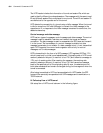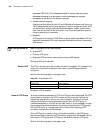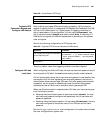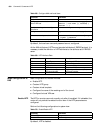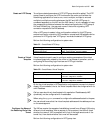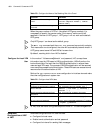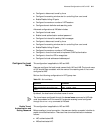604 CHAPTER 43: CONFIGURING L2TP
The L2TP header includes the information of tunnel and session IDs, which are
used to identify different tunnels and sessions. The messages with the same tunnel
ID and different session IDs is multiplexed in one tunnel. Tunnel ID and session ID
are distributed to the opposite end of the tunnel.
L2TP detects the connectivity of a tunnel using a Hello message. When the tunnel
is idle for some time, LAC and LNS begin to transmit the Hello message to the
opposite end. If no response to the Hello message is received for some time, the
sessionis cleared up.
Control message and data message
L2TP has two types of messages: control message and data message. The control
message is used to establish, maintain and transmit the tunnel and session
connection. The data message is used to encapsulate the PPP frame and transmit
it in the tunnel. The transmission of a control message is reliable, but data
message transmission is not reliable. If a data message is lost, it is not transmitted
again. L2TP supports flow control and congestion control only for control
messages, not for data messages.
L2TP is transmitted in the form of a UDP message. L2TP registers UDP Port 1701,
which is used only for initial tunnel establishment. Originating side of L2TP tunnel
randomly selects an idle port (it need not to be 1701) and transmits a message to
1701 port of receiving side. After receiving the message, the receiving side
randomly selects an idle port (it need not to be 1701 and transmits a message
back to the specified port of the originating side. By now, the selected ports of
both sides are selected and remain unchanged during the time segment when the
tunnel is connected.
After being transmitted to L2TP and encapsulated with L2TP header, the PPP
frame will be eventually encapsulated into UDP messages and transmitted on a
TCP/IP network.
IV. Call setup flow of L2TP tunnel
Call setup flow of L2TP tunnel is shown in the following figure:




